ANCHOR BOLT TESTING
HYDRAULIC JACKS • HYDRAULIC CYLINDERS • PUMPS • SYNCHRONOUS LIFTING SYSTEMS
Holding Strong: The Crucial Role of Anchor Bolt Testing in American Industry
In the hidden architecture of construction and engineering, anchor bolts play an indispensable role—quietly securing structures to their foundations and keeping the built world standing tall. From towering skyscrapers to wind turbines and industrial machinery, these bolts are the unsung heroes of structural integrity. But like any critical component, they must be tested to ensure reliability and safety. That’s where anchor bolt testing comes in—a process that safeguards both people and property.
Anchor Bolts
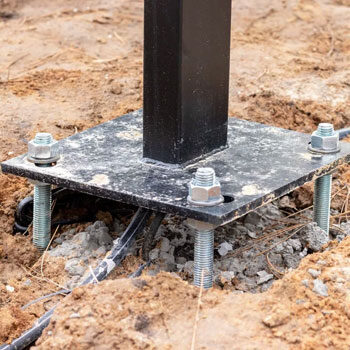
With Girder
Anchor Bolts
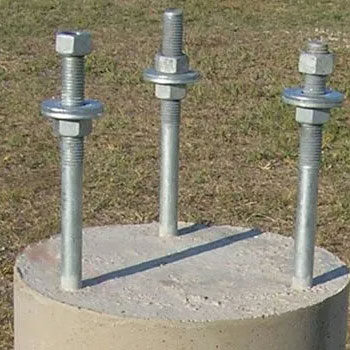
In Column
Anchor Bolts
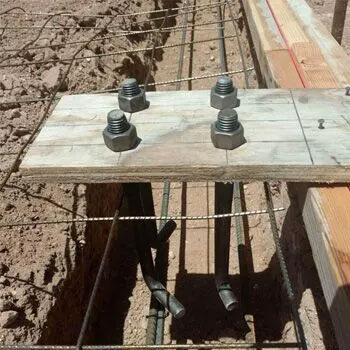
Above Trench
Anchor Bolts
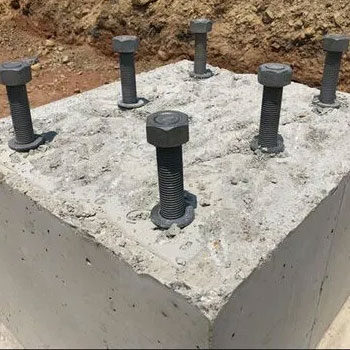
In Concrete
RENTALS • SALES • SERVICE
What Are Anchor Bolts?
Anchor bolts are fasteners used to attach structural and non-structural elements to concrete. They are essential for transferring different types of load (tension, shear, or a combination) from a structure to its foundation. Typically embedded in concrete during the initial stages of construction, they become a permanent part of the structure’s support system.
Anchor bolts come in various types, including:
L-shaped bolts – commonly used in light poles, sign structures, and steel columns.
Sleeve anchor bolts – used in masonry and softer materials.
Wedge anchors and expansion bolts – ideal for securing heavy loads in concrete.
Epoxy or adhesive anchors – used for retrofitting or in post-installed applications.
Their configurations depend on the load demands and environmental conditions, making proper testing not just helpful but often mandatory.
What Is Anchor Bolt Testing?
Anchor bolt testing is the process of verifying that bolts meet load-bearing specifications and installation quality standards. Testing ensures bolts are correctly installed and capable of handling required loads without failure. The two most common types of testing are:
1. Hydraulic Pull Testing
This is the most widely used method. A hydraulic load cell or jack is used to apply a tensile load to the anchor bolt, pulling it directly away from the concrete. The force applied and the resulting movement of the bolt (known as displacement) is measured. This test helps determine:
Ultimate tensile capacity
Elasticity and failure thresholds
Adequacy of installation
Hydraulic testing is precise and used for both proof and destructive testing, depending on project requirements.
2. Mechanical Testing
Mechanical testing is less common for anchor bolts compared to hydraulic testing but may include:
Torque testing (especially in torque-controlled expansion anchors)
Manual tension testing using mechanical rigs (for smaller loads or preliminary checks)
While hydraulic methods dominate for accuracy and range, mechanical methods can provide quick field assessments in some scenarios.
Where and How Are Anchor Bolts Used?
Anchor bolts are found in almost every major construction and infrastructure project. Some common applications include:
Commercial buildings: Securing steel columns, elevator shafts, and facade systems.
Transportation infrastructure: Used in bridges, guard rails, highway signage, and traffic lights.
Energy facilities: Essential in wind turbines, power plants, and transmission towers.
Industrial settings: Used for heavy machinery installation and vibration isolation systems.
Seismic regions: Anchor bolts designed and tested for earthquake resilience.
Their use in retrofit projects is also increasing, where existing structures are upgraded with additional anchoring systems.
Accessories and Equipment Used in Testing
Testing anchor bolts requires a range of tools and accessories, especially for hydraulic testing. These include:
Hydraulic load cells or jacks – to apply and measure tensile force.
Digital gauges and displacement sensors – for accurate measurement of movement under load.
Threaded couplers and adapters – to connect to various bolt sizes.
Reaction frames or test rigs – to distribute the load and secure the setup during testing.
Epoxy or adhesive cartridges – for bonded anchors, requiring curing before testing.
Many setups are portable and designed for on-site testing, allowing engineers to validate bolts even after installation.
Industries That Rely on Anchor Bolt Testing in the USA
The importance of anchor bolt testing spans multiple sectors, including:
Construction and Civil Engineering
Energy (Oil, Gas, Wind, Solar)
Transportation (DOTs, railway authorities)
Defense and Aerospace
Utilities and Infrastructure Maintenance
Manufacturing and Heavy Industry
In the U.S., regulatory bodies like the American Concrete Institute (ACI), ASTM International, and the American Institute of Steel Construction (AISC) provide guidelines and standards for anchor bolt design, installation, and testing. Compliance is not optional—it’s often legally required for public safety.
Interesting Facts About Anchor Bolt Testing
Anchor bolts used in seismic zones must pass additional testing protocols to handle dynamic loads.
Some testing rigs are equipped with wireless sensors and cloud integration, allowing engineers to remotely monitor test results in real-time.
Failing to properly test anchor bolts has led to catastrophic structural failures—including collapsed signs, light poles, and even sections of bridges.
Load testing is often conducted both during installation and after a certain service life, especially for mission-critical infrastructure.
Final Thoughts
Anchor bolt testing may not grab headlines, but it’s a pillar of modern structural safety. Whether hydraulic or mechanical, rigorous testing ensures these bolts—small in size but massive in importance—perform when it matters most. As infrastructure ages and construction technologies evolve, the demand for accurate, efficient, and standardized anchor bolt testing will only grow. In a world built on concrete and steel, trust begins at the bolt.
Simplex Cylinders
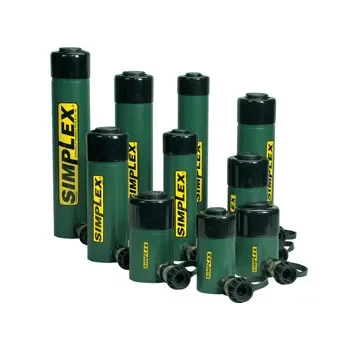
Simplex Cylinders
Simplex Jacks
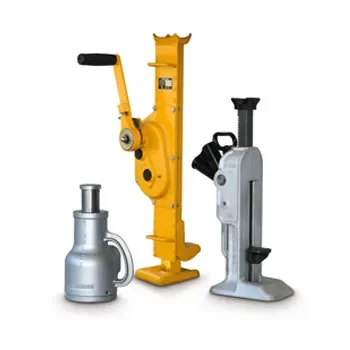
Simplex Jacks
Air Lifting Bags
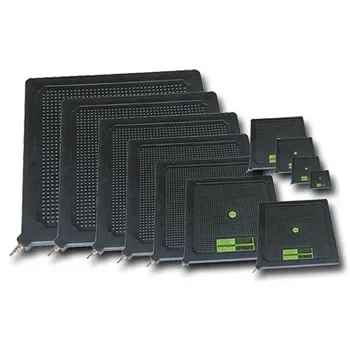
Air Lifting Bags
Hydraulic Presses
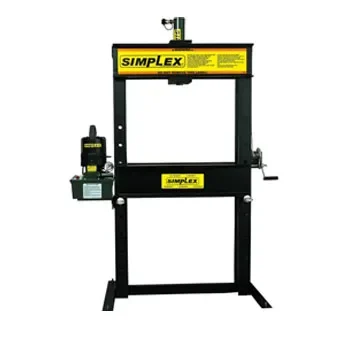
Hydraulic Presses
Call Us for more information
866-522-5464

